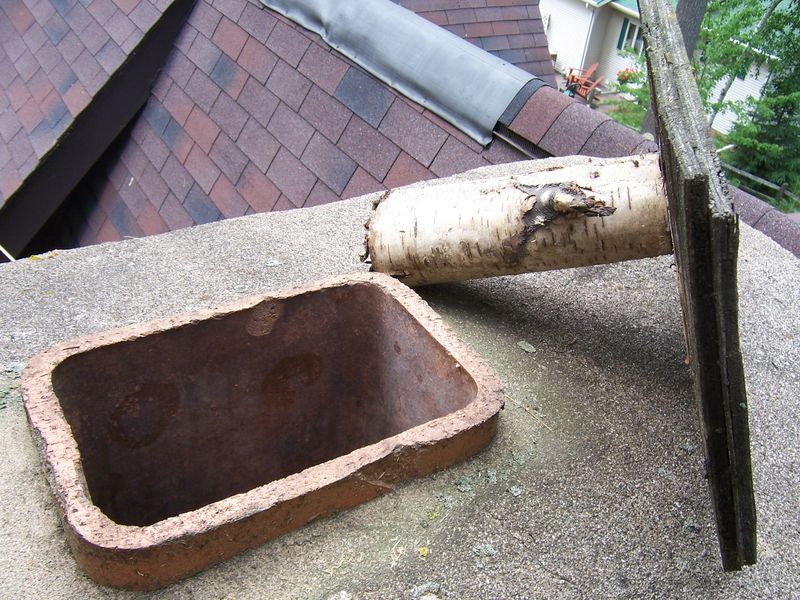
#103: Plugging a Chimney At the Top
#103: Plugging a Chimney At the Top
Fireplace #103: Plugging the Chimney At the Top
Installing any of our chimney plug products at the top of the chimney is definitely an “off label” use. It is not something we promote at all, because of the dangers of putting a plug at the top of the chimney. That said, we always get people asking about it, so it is important to discuss.
Here are the situations where you should NEVER put a plug at the top of your chimney:
- If you have a vented or vent-less gas log.
- If you have a gas assist fire starter.
- If you have fires in the fireplace at all.
- If you think someone else may possibly have a fire the fireplace.
- If you don’t have the equipment or good-sense to get to your chimney top safely.
Here are the decent reasons to consider plugging a chimney at the top:
- If you have a fireplace that is completely out of commission for structural or safety reasons.
- You have an electric fireplace insert, a TV, an aquarium, or some other large item occupying the firebox.
- If you NEVER ever have fires, and you don’t own any matches, lighters, flint and steel, or other fire making devices.
- If every visitor you have to your house has the good sense to not use your fireplace.
- If you don’t mind a large red sign in your firebox that reads “STOP! This chimney is plugged at the top!”
If you do decide to plug the chimney at the top, you still need a chimney cap or cover of some kind, so the chimney plug is not hanging out uncovered in the elements. You can even make a plywood cover with a counterweight (image 103-2 and 103-1).
Whether you decide to use a Flueblocker or Chimney Balloon you should take a short bit of twine or cord and tie the chimney plug handle to the chimney cap or cover. This way if a lightening strike or squirrel incursion destroys the plug, it wont fall down the chimney and get stuck half way.
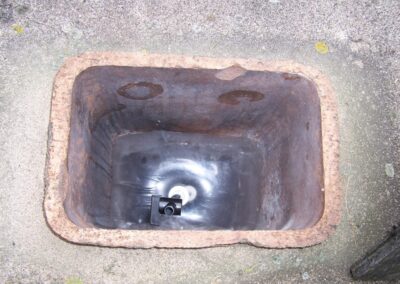
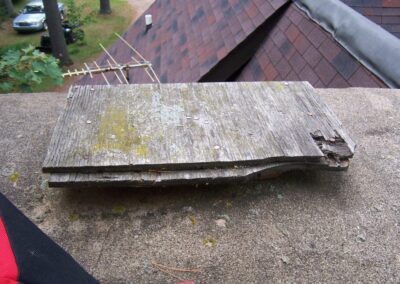
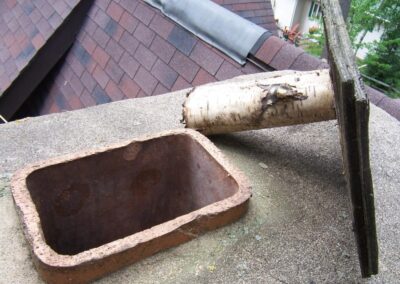
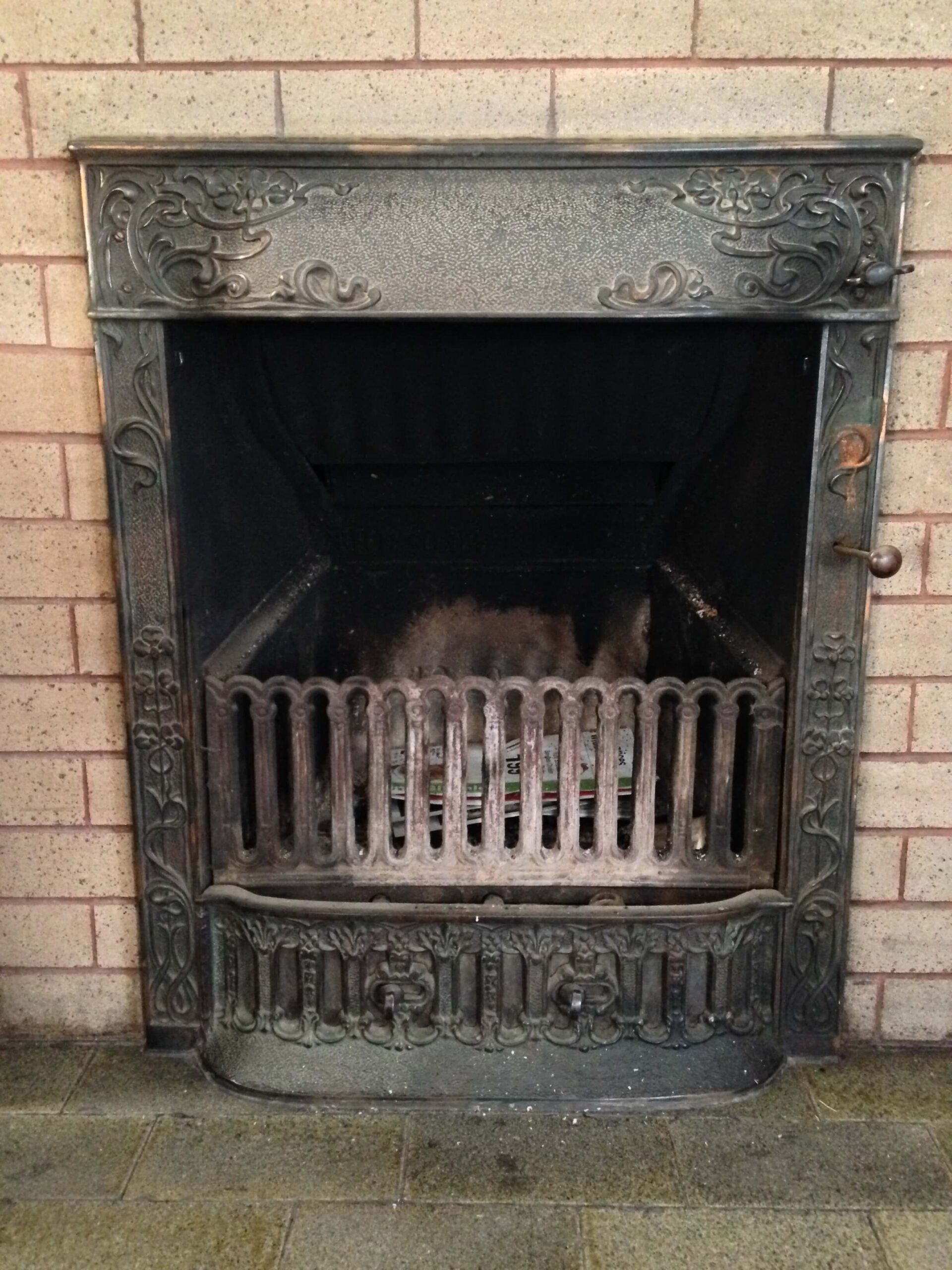
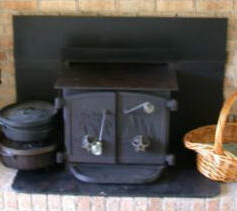
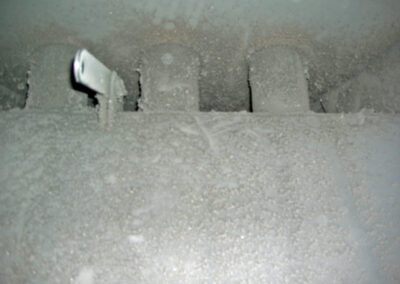
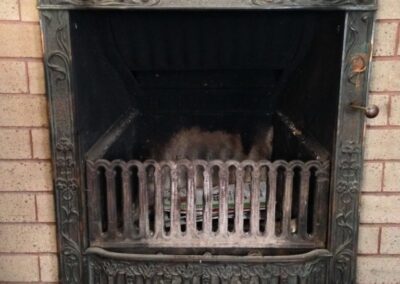
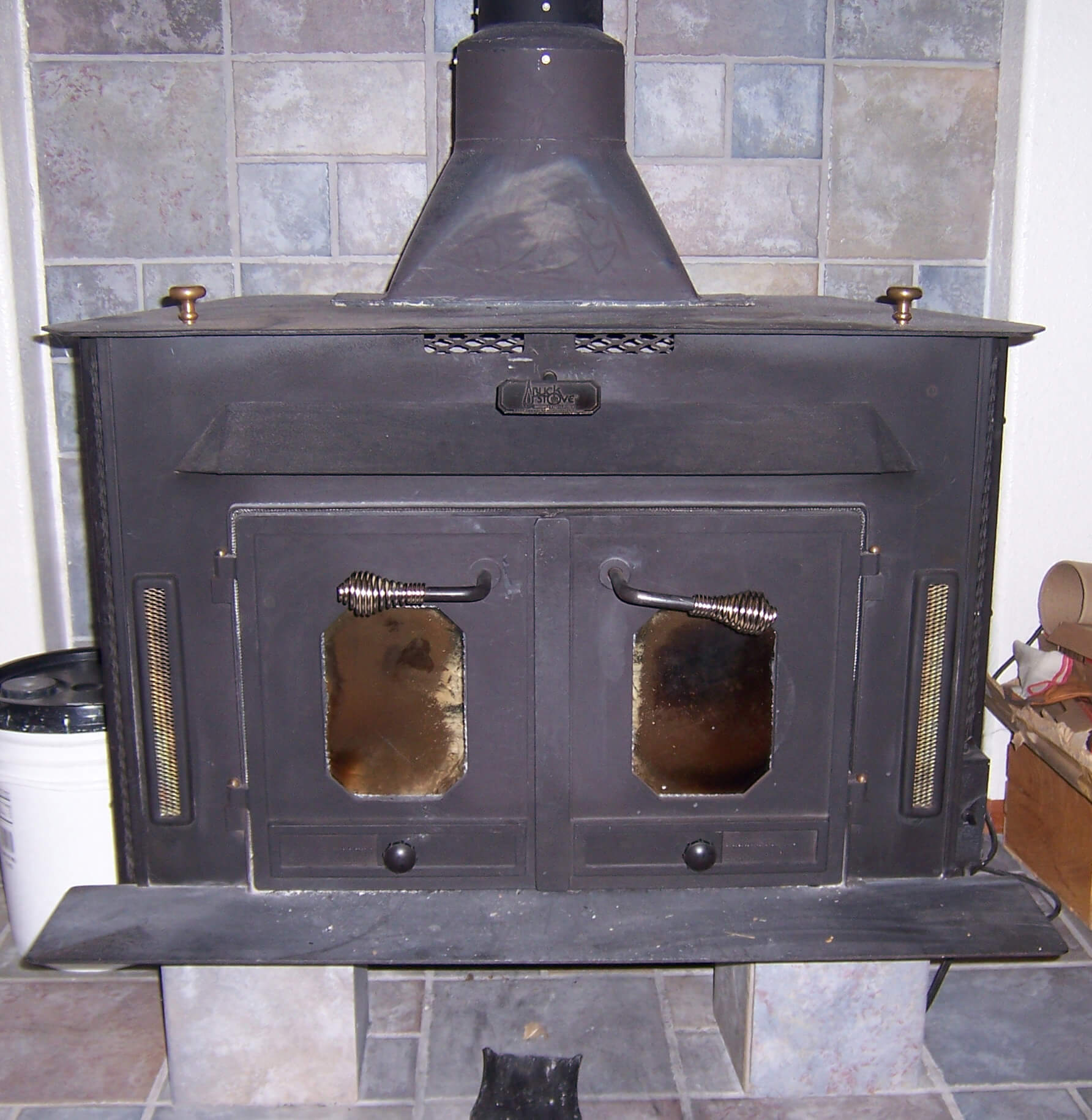
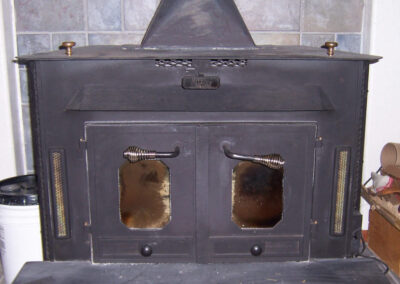
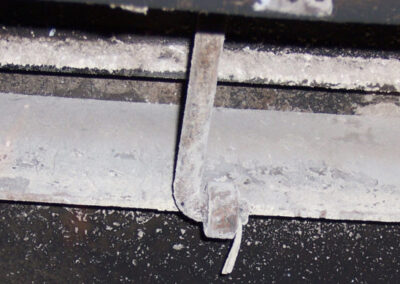
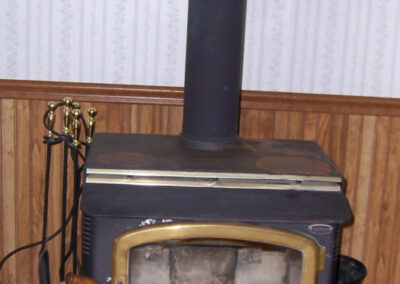
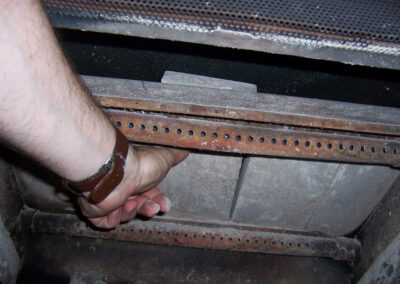
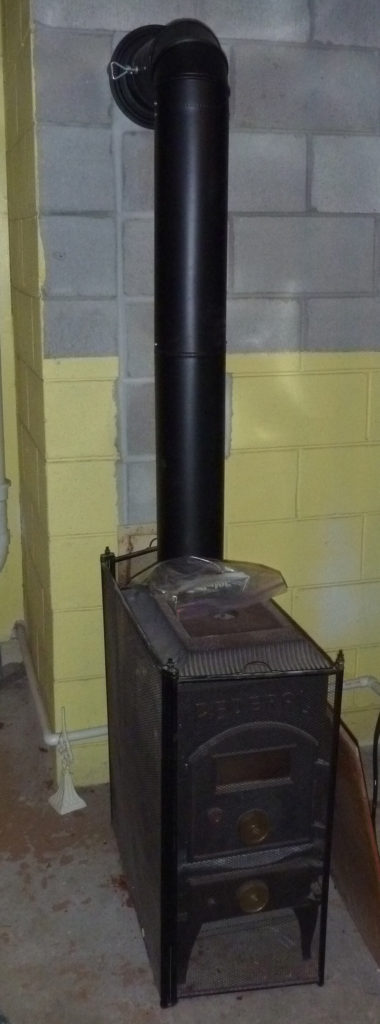
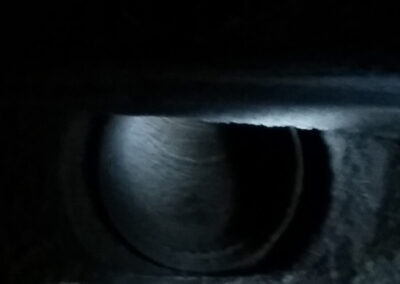
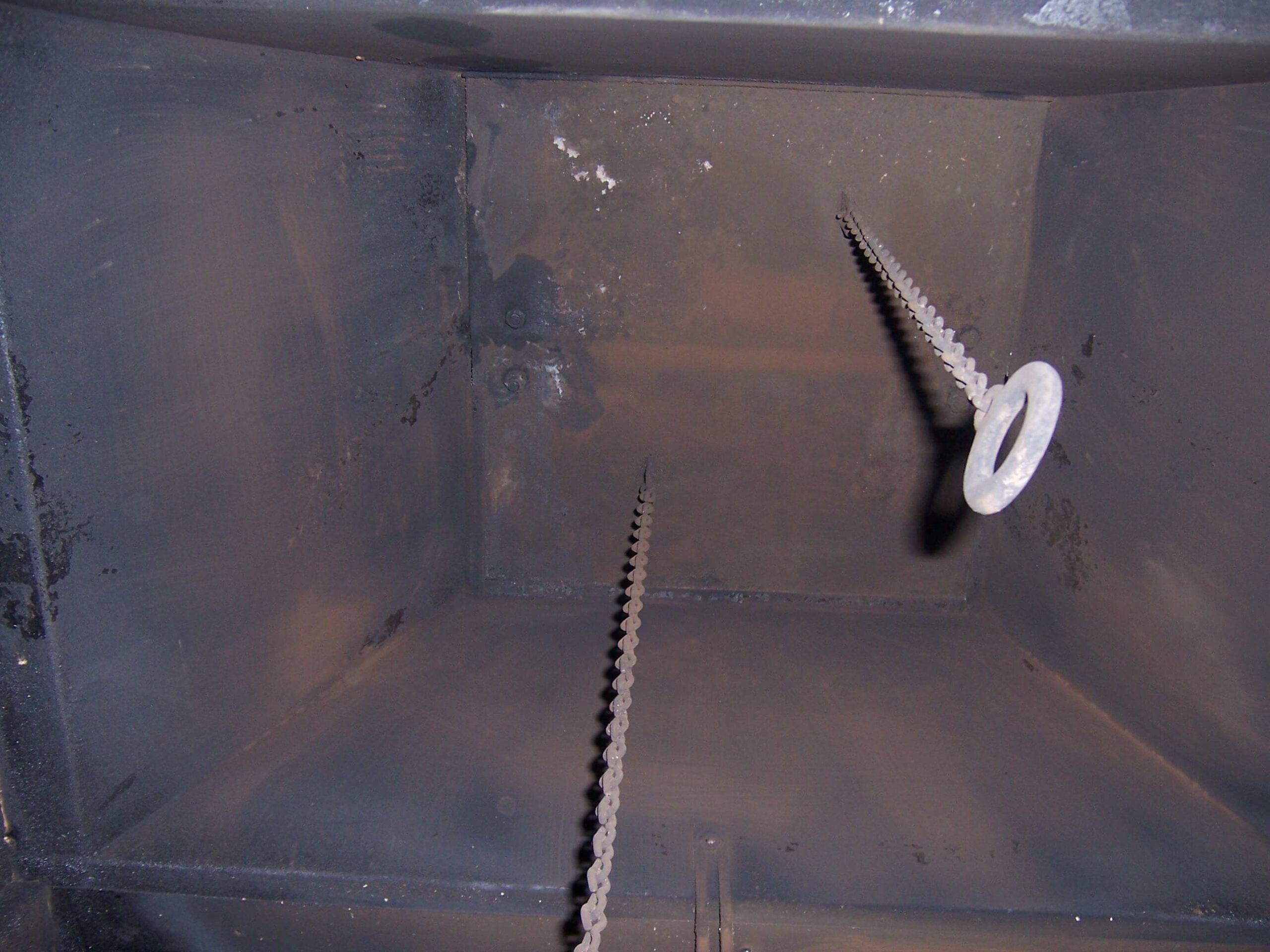
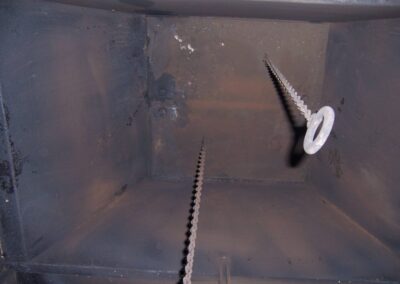
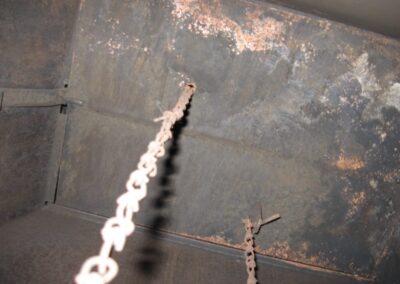
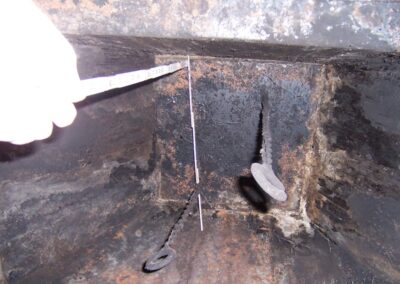
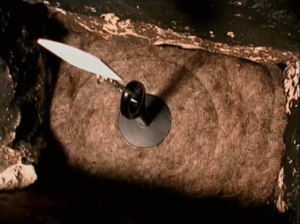
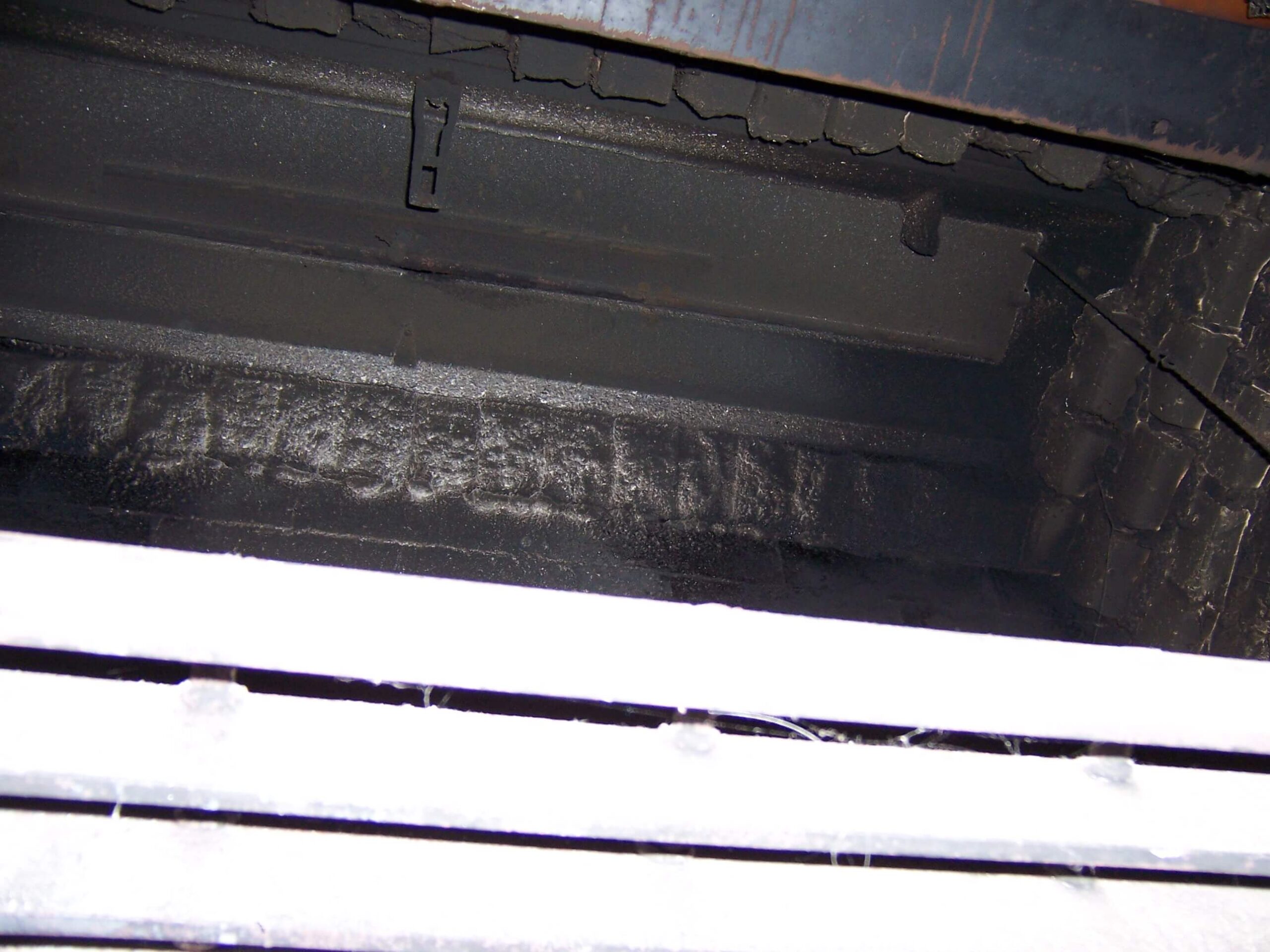
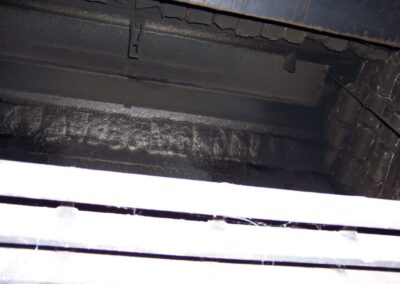
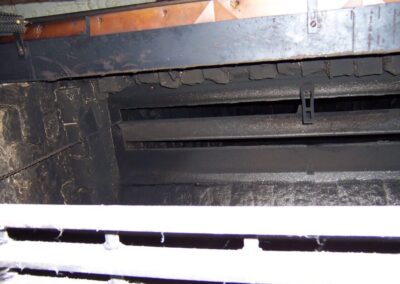
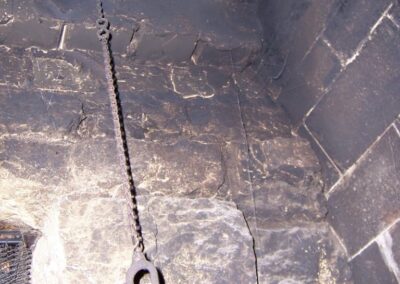
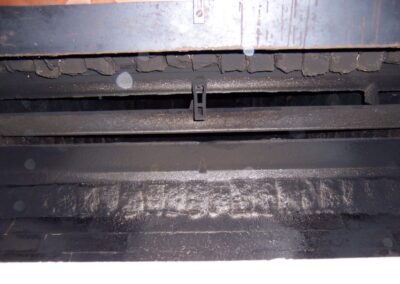
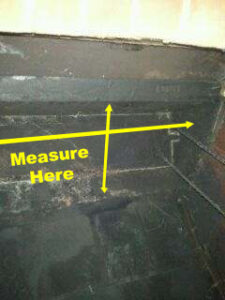
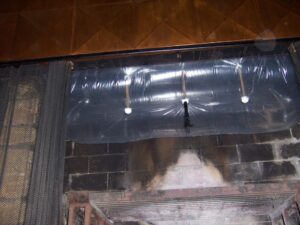
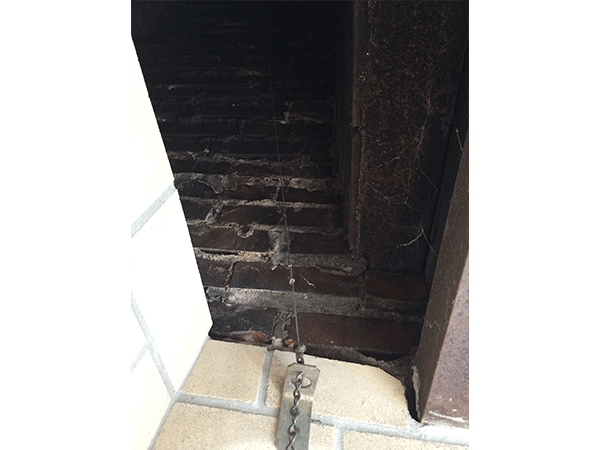
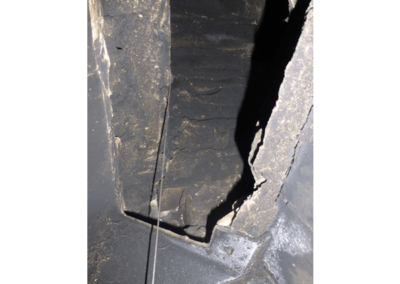
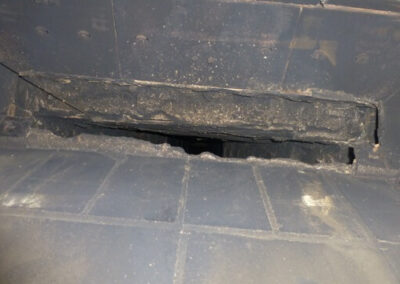
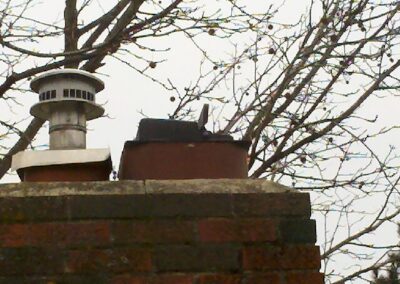
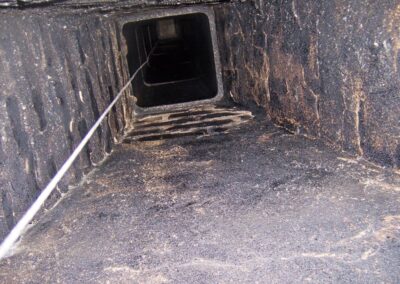
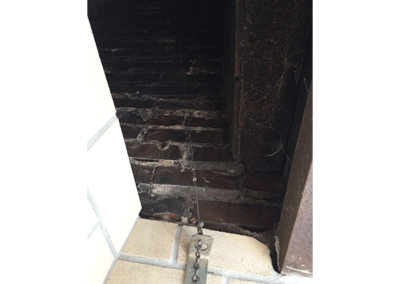
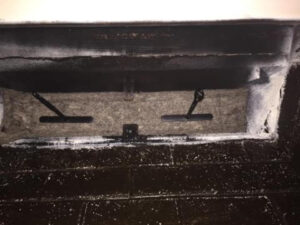 For this application, go with a Flueblocker.
For this application, go with a Flueblocker.